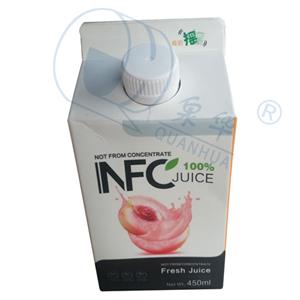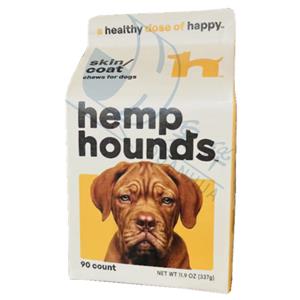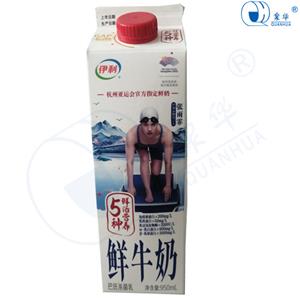After harvest, the crops can continue to breathe normally. For crop respiration, oxygen is indispensable. If oxygen is not given to crops, they will suffocate and emit a stench ; however, if it is given sufficient oxygen, it will also promote the respiration of harvested crops to be more active, and the nutrients of crops will decompose too quickly and age. At the same time, freshness will be lost. Most vegetables are high in moisture ( 90 % ), but as long as they lose 5 % of their moisture, they may be ' unspiritual '. How to make the crops can not breathe too much after harvest, and can not make it suffocate, is the main performance of the preservation of crops. Here, as long as we try to make the crop moderately control the amount of oxygen, allowing it to breathe properly, while providing carbon dioxide, we can inhibit its respiration. By using oxygen and carbon dioxide to adjust the combination of the two methods, the formation of the method is MA packaging method ( Modified Atmosphere ).
MA packaging is a unique gas formed by oxygen and carbon dioxide to package crops through plastic film. In normal air, oxygen accounts for 20.6 % and carbon dioxide accounts for 0.03 %. However, for the MA packaging form of crops, after 3 days, the internal components of oxygen and carbon dioxide are 7 % -8 % and 13 % -14 %, respectively. If the plastic paper method that completely blocks the air is used to package the crops. Within 3 days. Its oxygen is only 1 %, and carbon dioxide will reach 23 %. In this way, too much carbon dioxide gas will suffocate crops. Therefore, it is very important to control the composition of the appropriate gas. Of course, not all crops are the same gas composition, different crops, the gas requirements are completely different, like broccoli, if the use of air components for packaging, 4 days later, it will become very yellow and easy to deteriorate. What is needed here is the composition of low oxygen and carbon dioxide, and thus control its breathing. Of course, not only the composition of the air should be adjusted, but also the temperature difference should be paid attention to.
Potatoes and onion crops do not pay attention to the composition of the air. Therefore, it is not necessary to carry out MA-type packaging methods for these crops. It can be seen that in order to ensure the freshness of crops, it is necessary to understand the characteristics of various crops. The temperature of crops in circulation and the requirements for gas composition are also important manifestations of the selection of plastic paper for MA. The material of plastic paper is different, and the air permeability is also different ; even for the same material, the thickness of the plastic paper is different, and the permeability will also change, so many choices can be made. Thin material, its air permeability is high, on the contrary, its fastness will be a little worse, of course, it is not that high permeability is good. There are different amounts of oxygen and carbon dioxide inside the packaging material, which changes its internal composition due to the permeability.
From the perspective of the permeability of oxygen and carbon dioxide, in general plastic bag materials, carbon dioxide is easier to pass out than oxygen. Therefore, if a large amount of carbon dioxide is put in and at the same time, it will be very difficult to achieve complete control of the components. Now, the processing technology of plastic paper for MA packaging has been developed by leaps and bounds. For example, a very small pinhole hole is intentionally placed on the surface of the plastic paper to make the air breathable. According to the characteristics of crops, it can be expressed according to a variety of plastic bags. Here, it is not only to master its respiration, but also to control the reproduction of bacteria and the discoloration and drying of crops, so as to prolong the life of crops and prolong their consumption period. Therefore, MA packaging, although plastic paper packaging, is indeed a management method to harvest crops into the hands of consumers.




